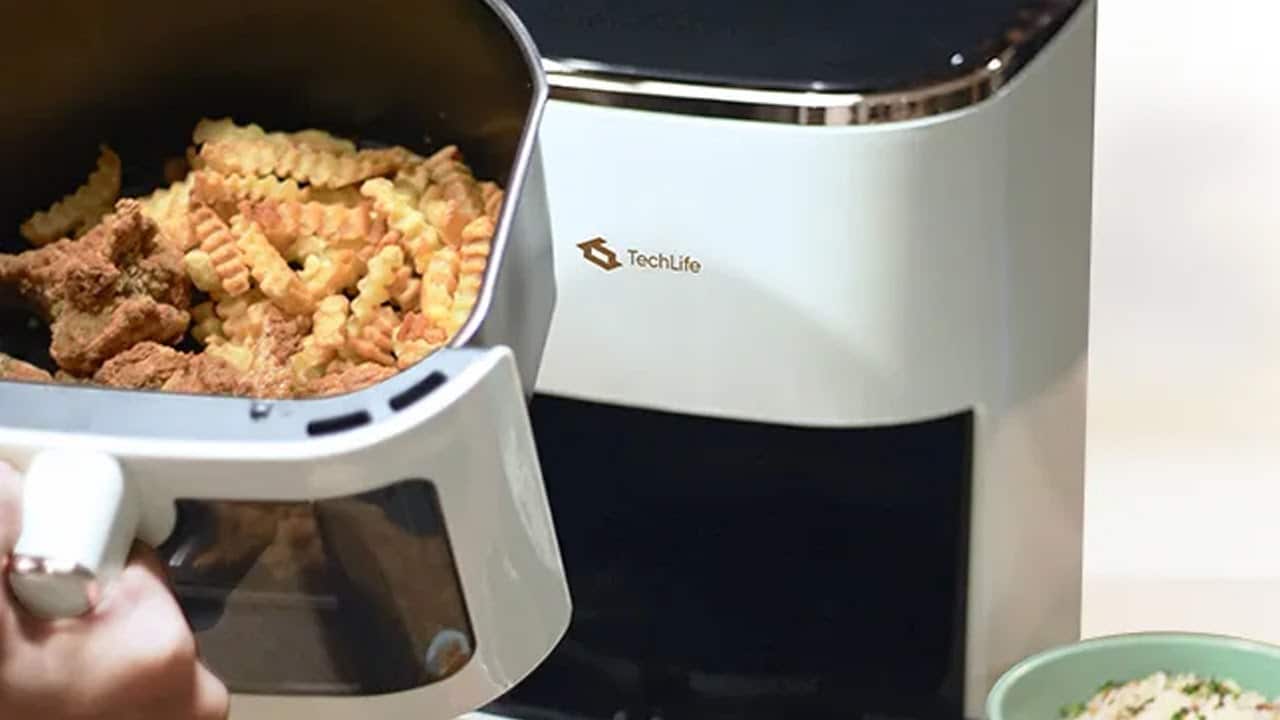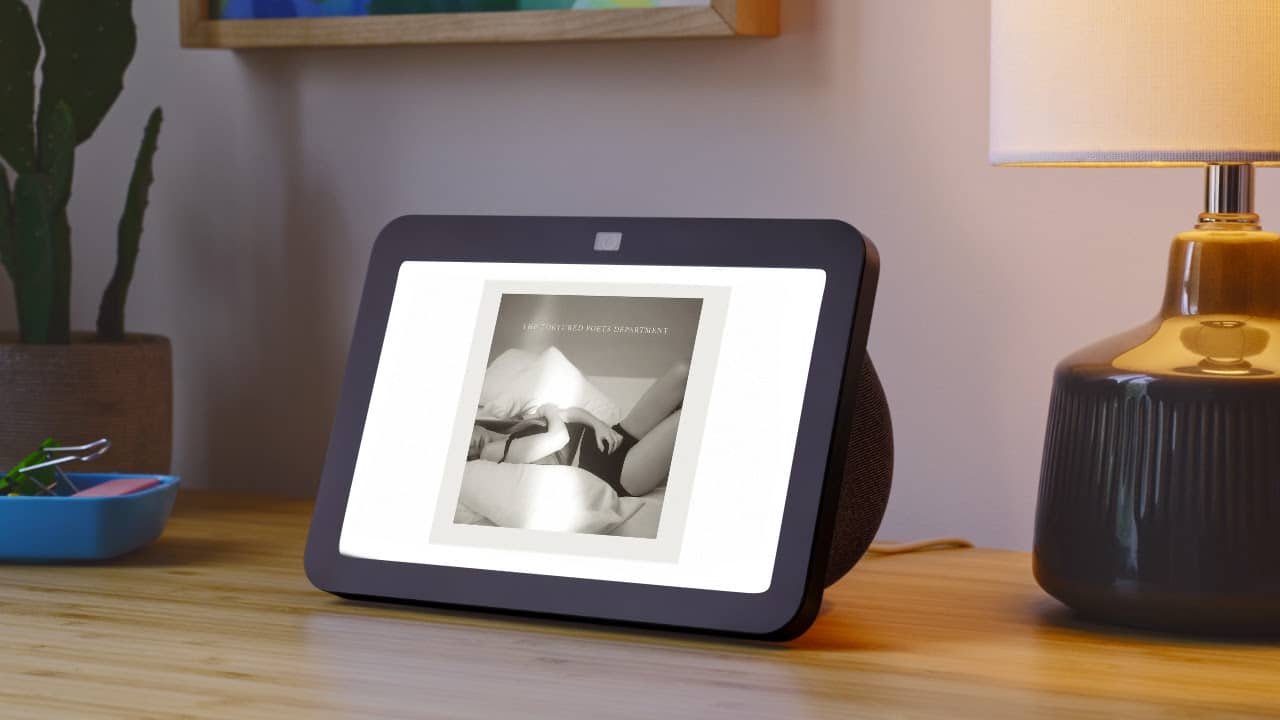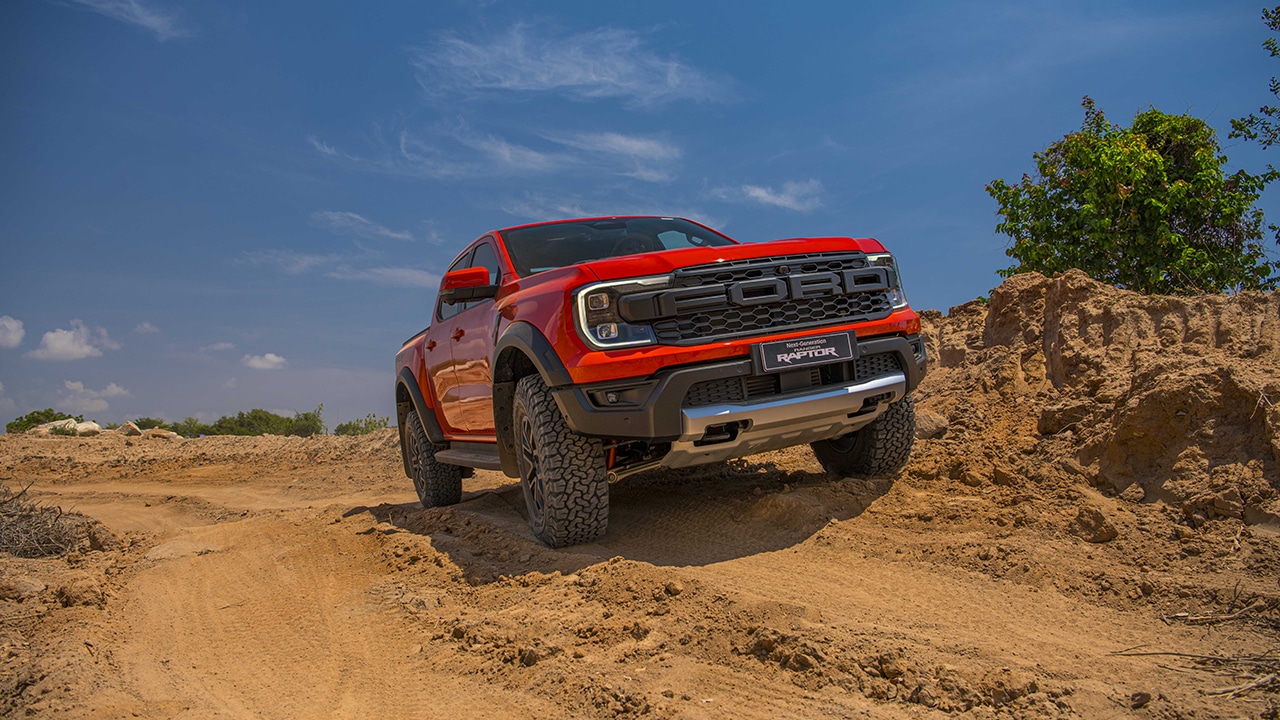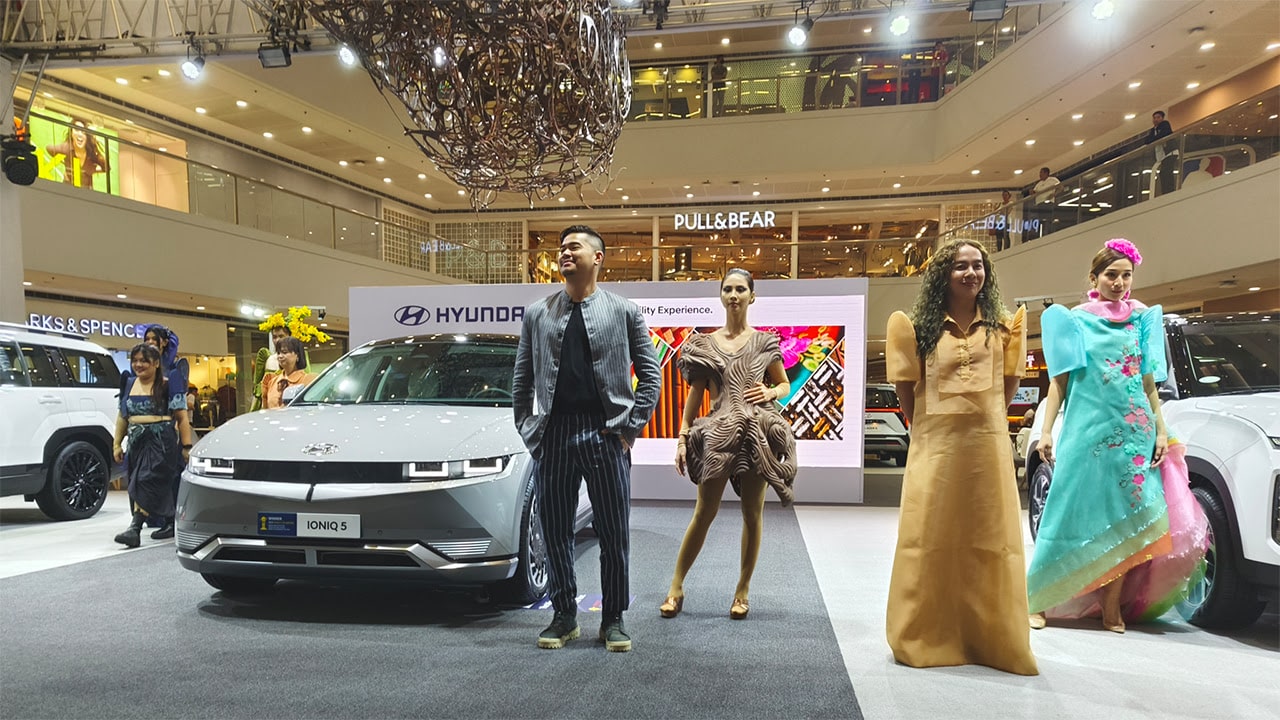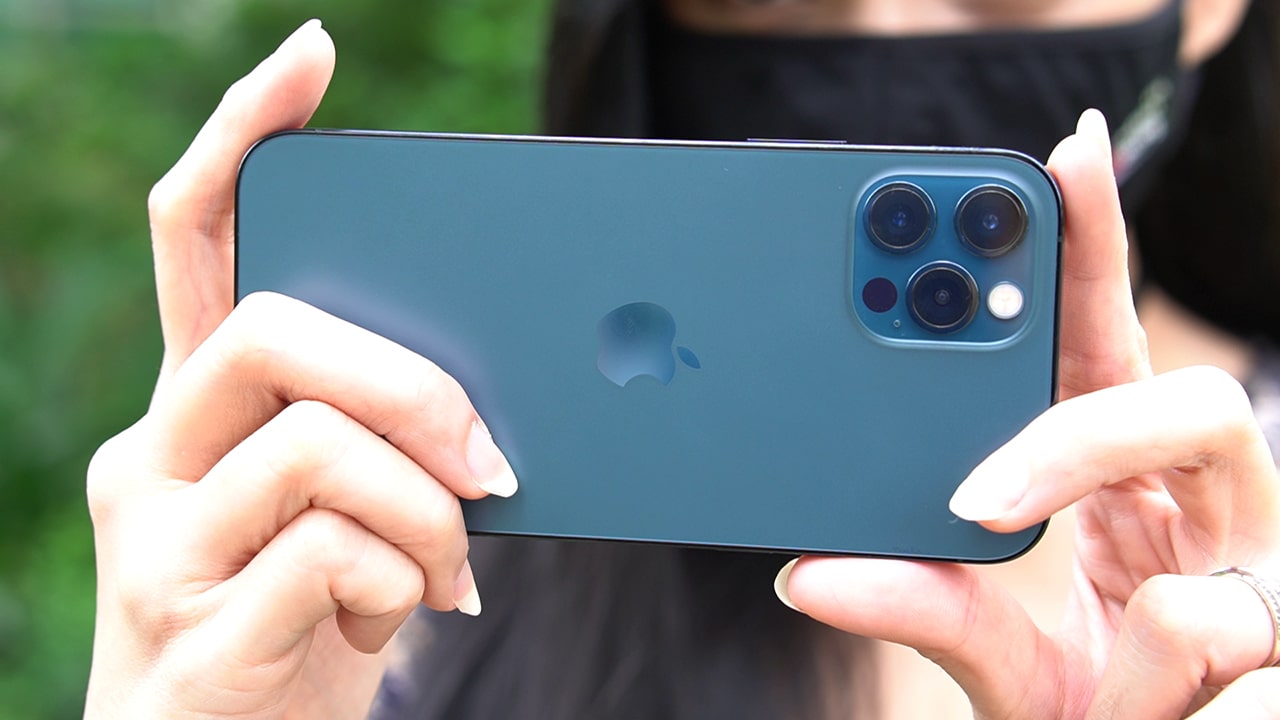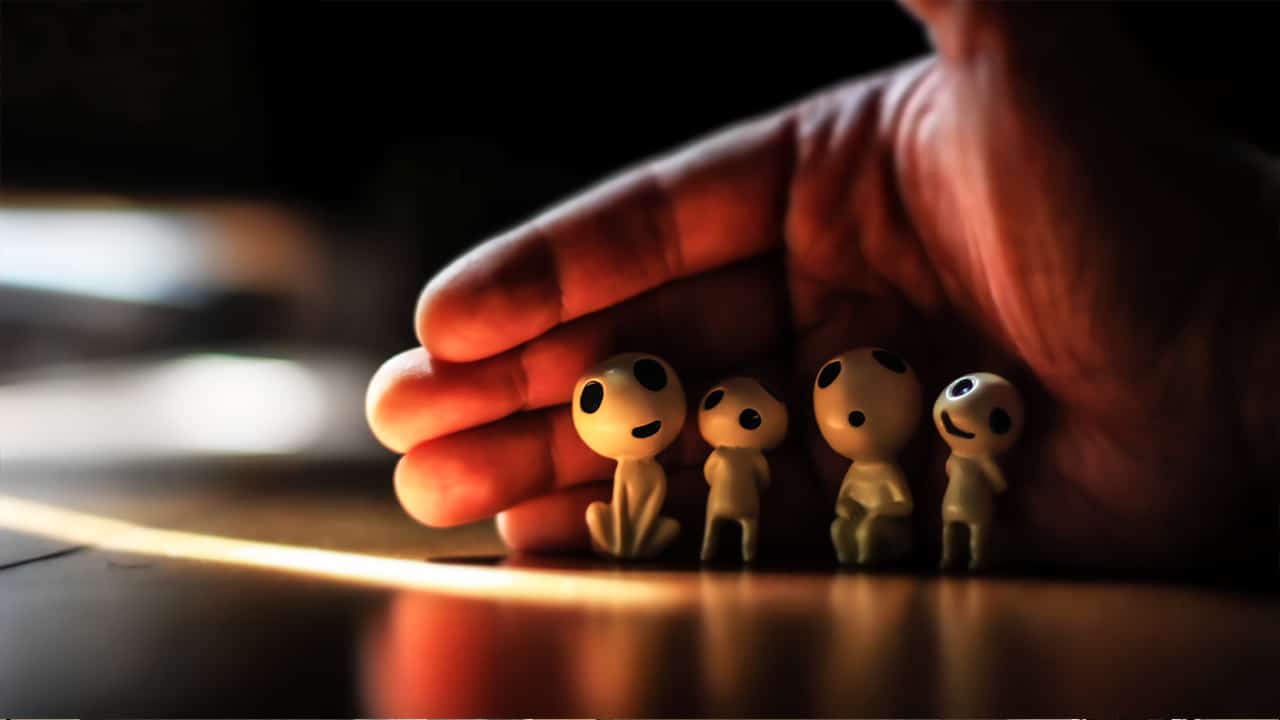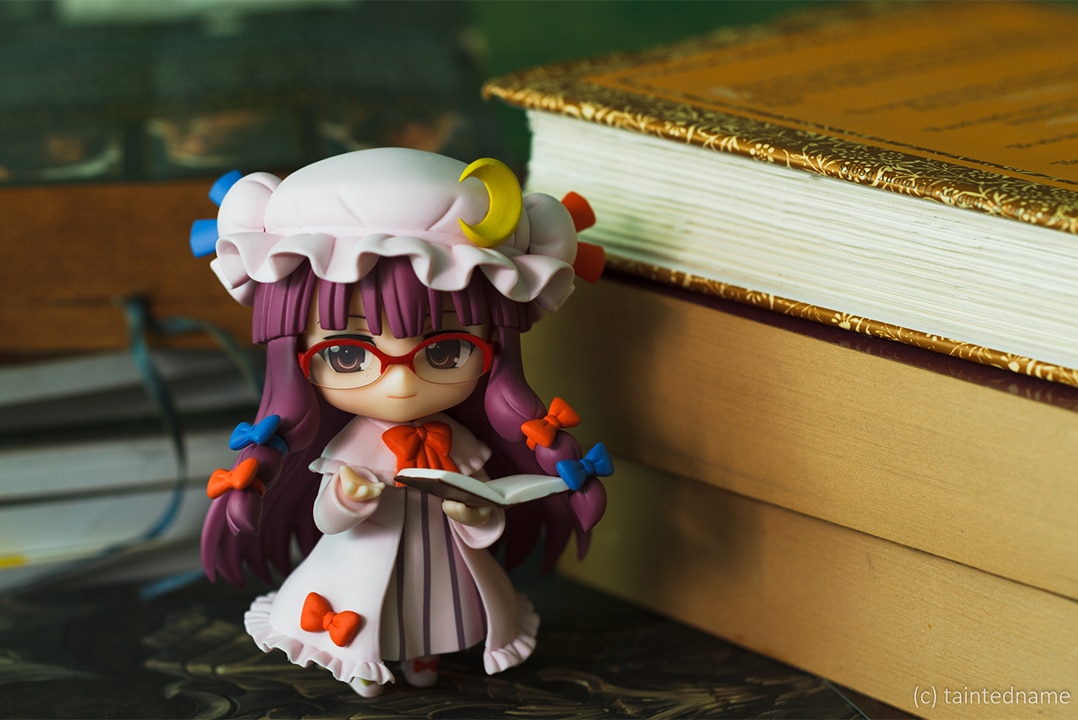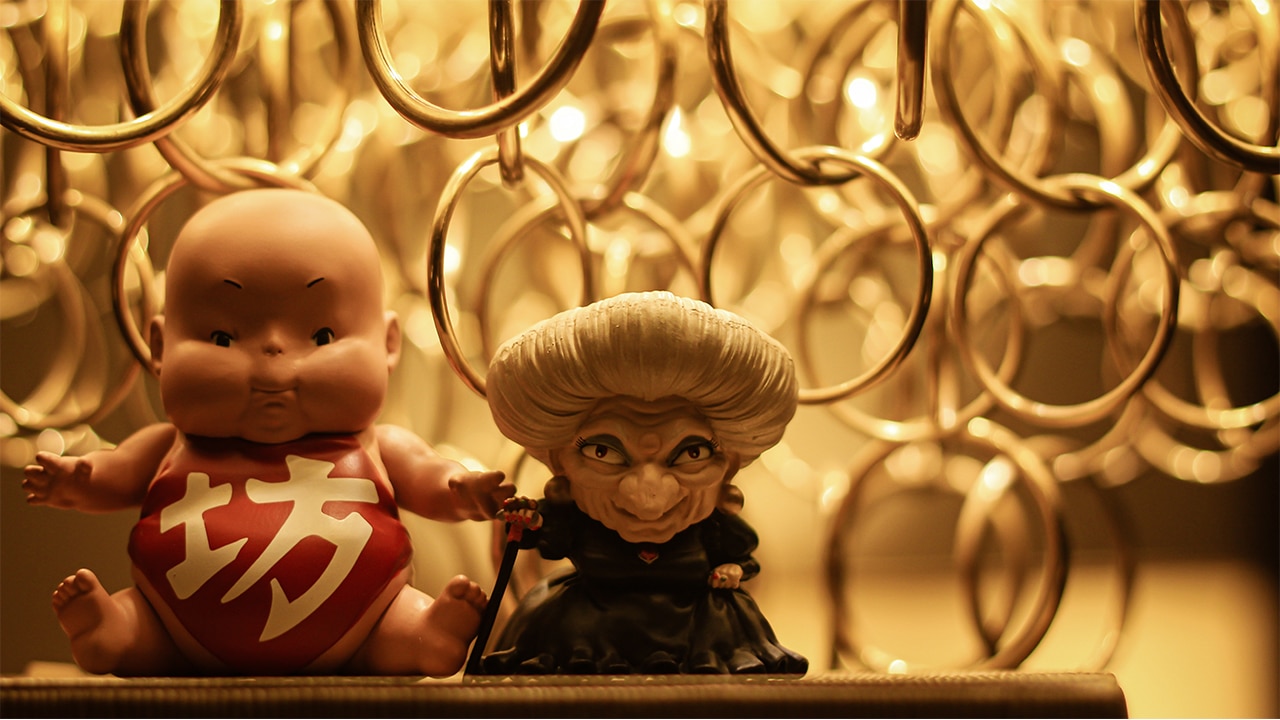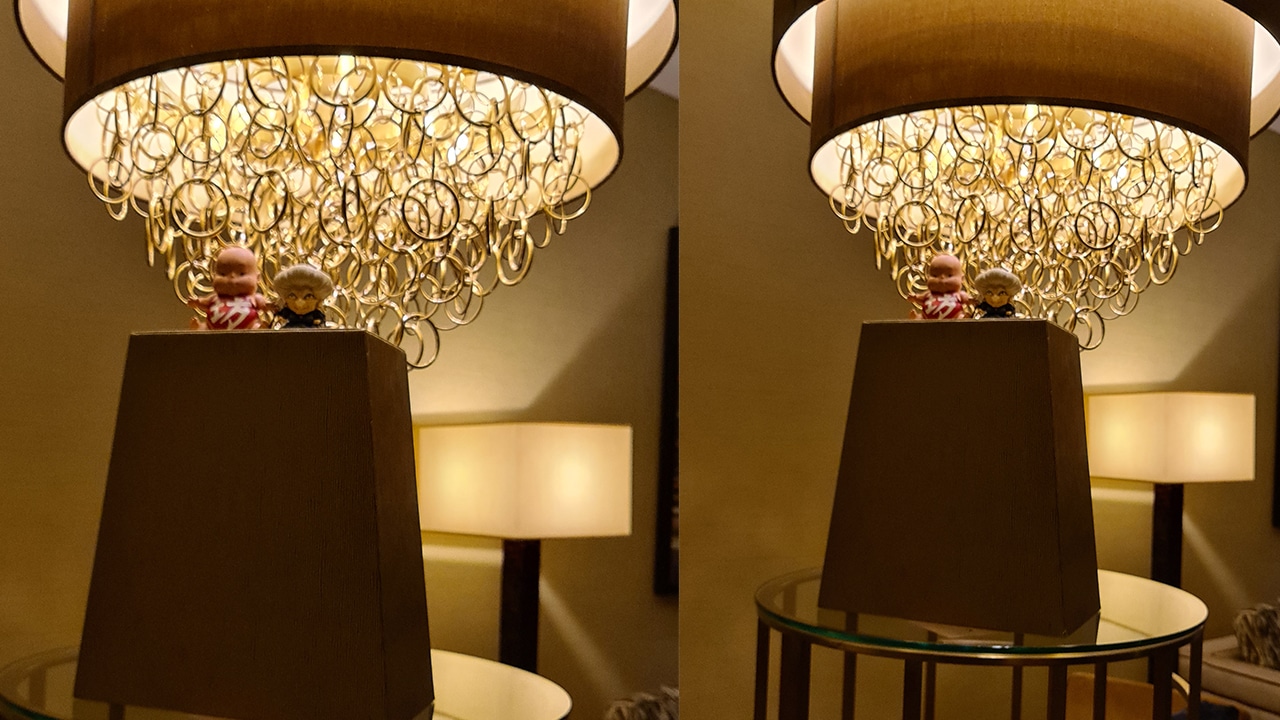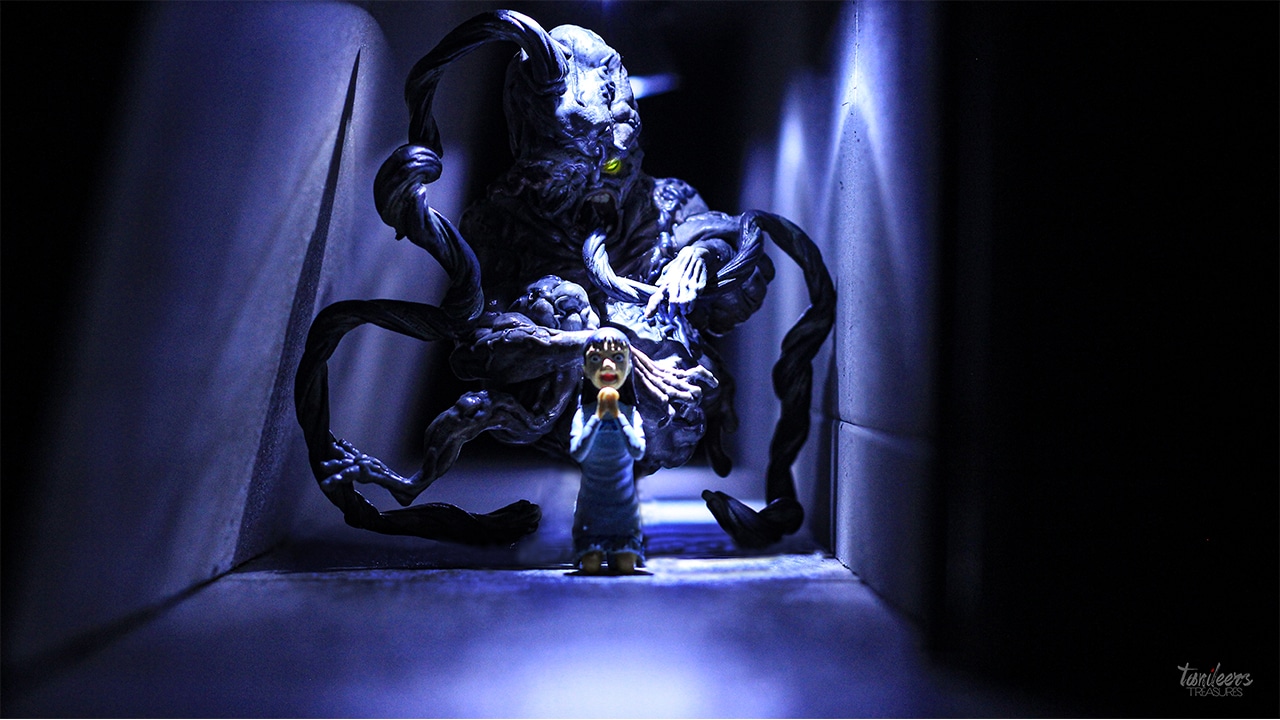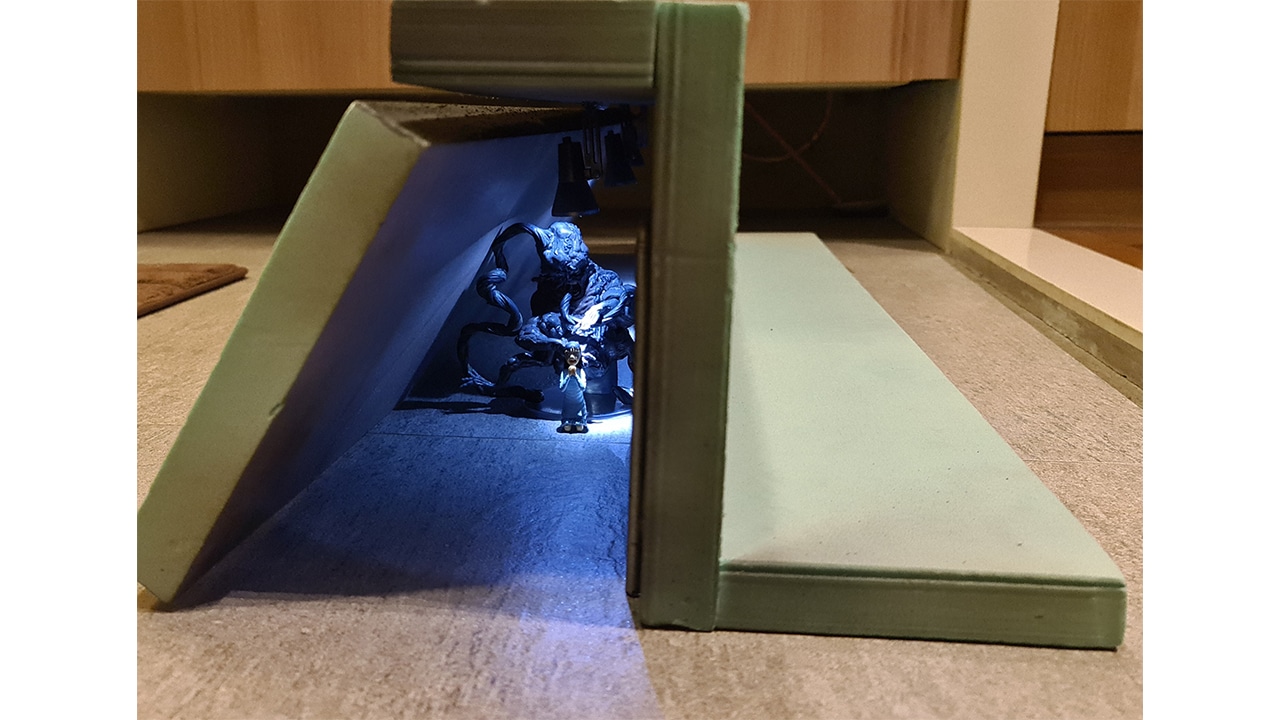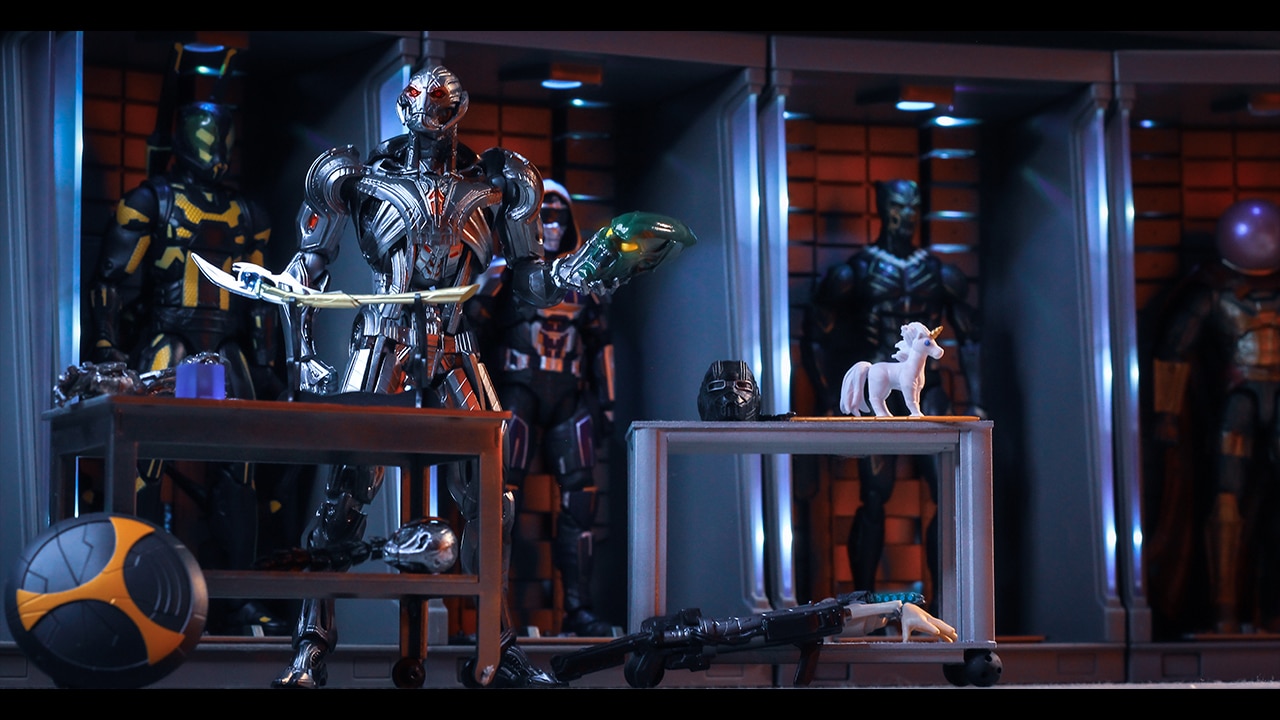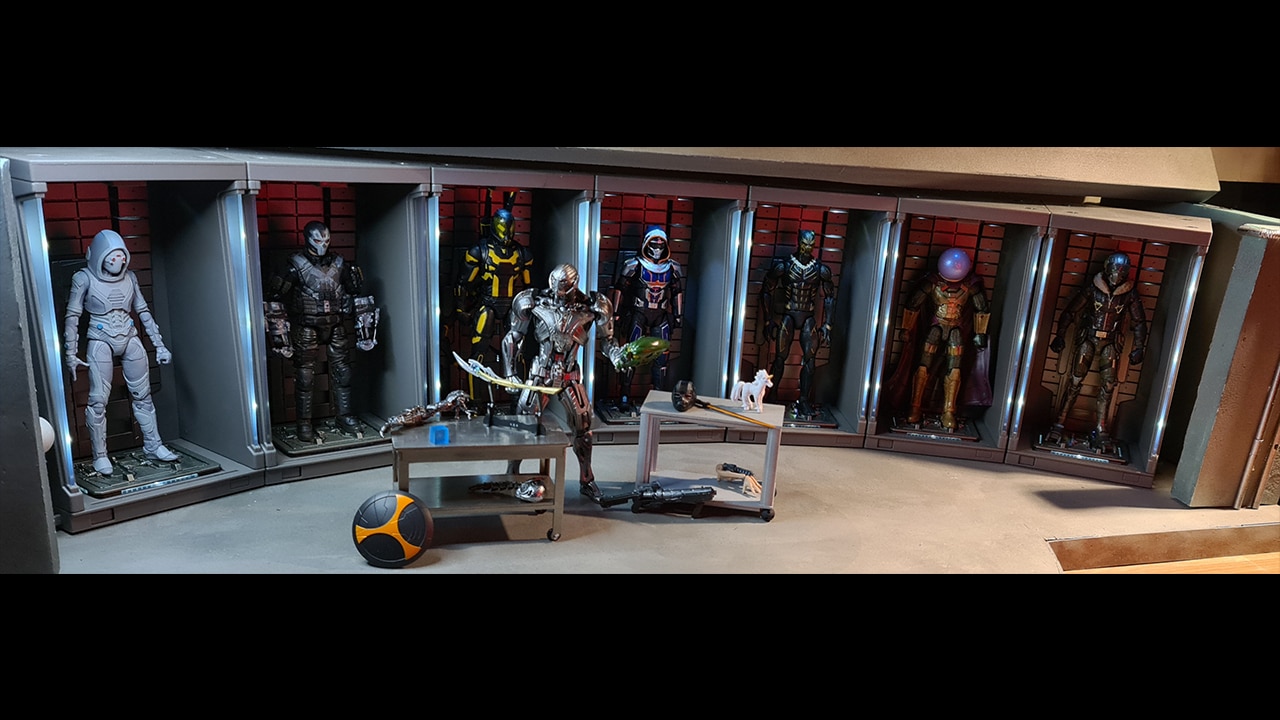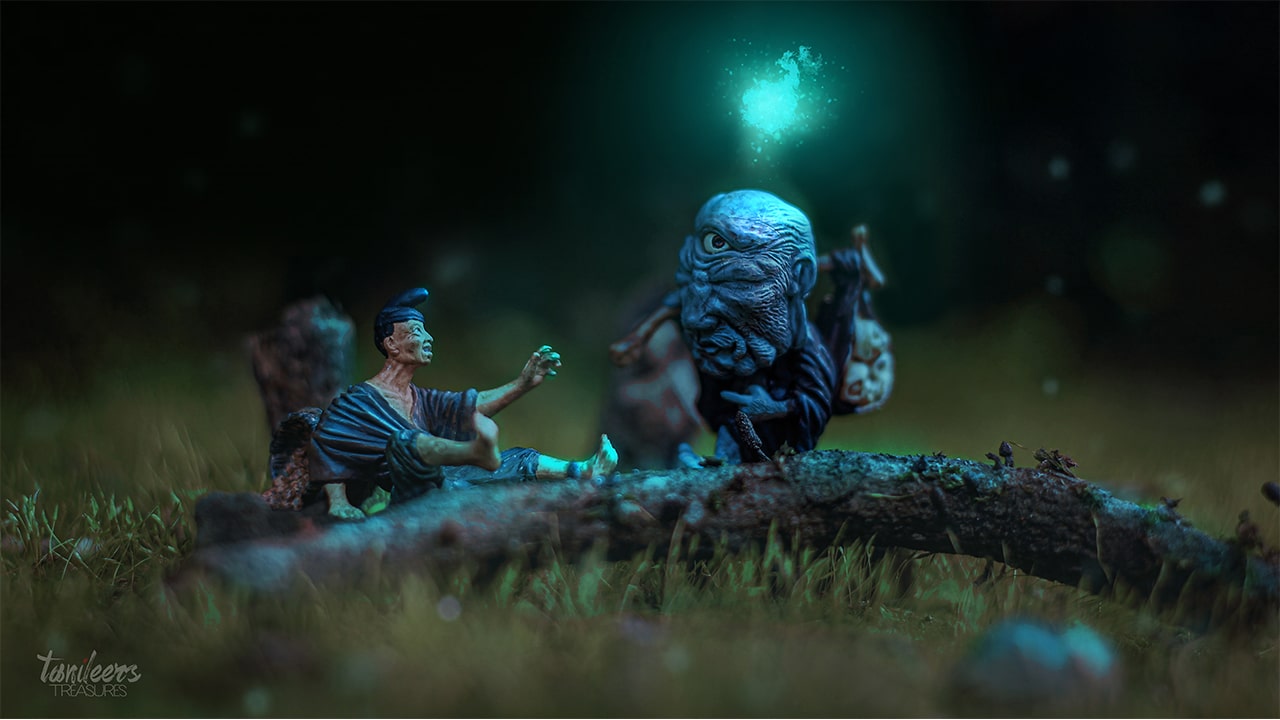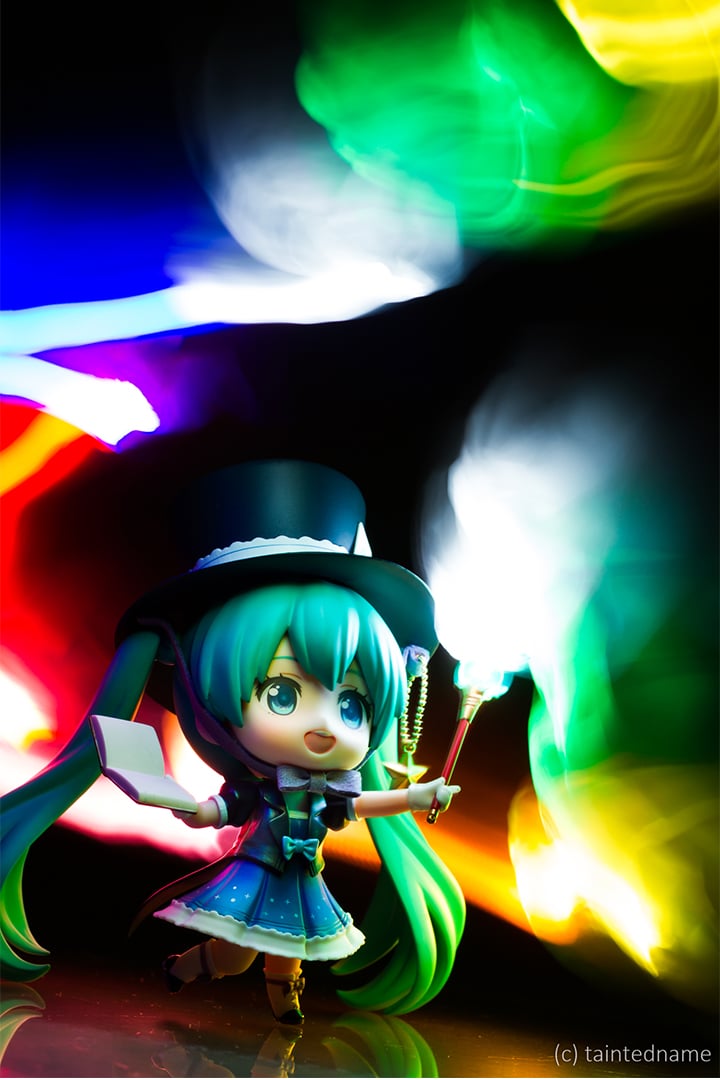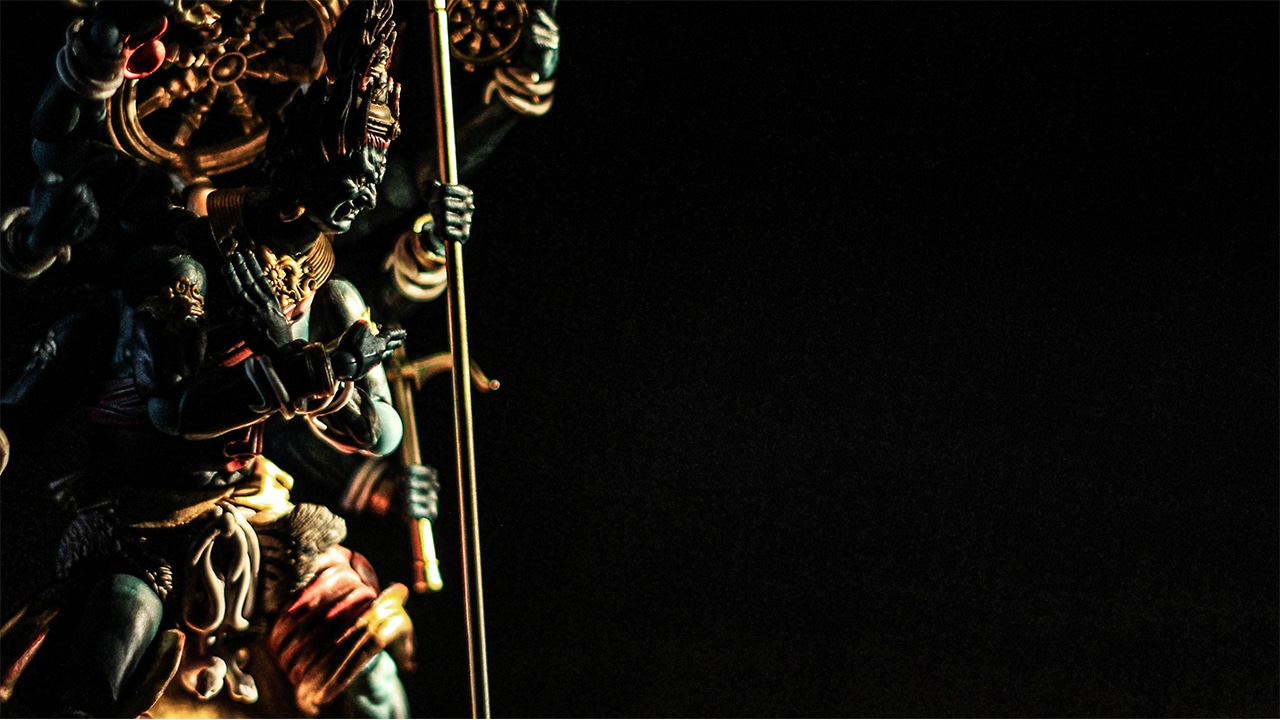This July 2021, Chevrolet Philippines confidently joins the highly competitive local crossover SUV segment with the official launch of its latest offering: the all-new Chevrolet Tracker.
“We are excited to introduce the all-new Chevrolet Tracker to the Philippine market. This highly acclaimed crossover is a welcome addition to our refreshed model portfolio. The Tracker continues Chevrolet’s tradition of producing highly-capable crossovers and highlights the brand’s unrelenting focus on growing market segments by offering stylishly designed vehicles loaded with customer-centric technology,” says Atty. Albert B. Arcilla, President and Chief Executive Officer of Chevrolet Philippines – TCCCI.
![]()
“The Tracker will appeal to Filipino customers who want more from their crossover SUV. Available in two feature-packed variants, the Tracker offers fuel efficiency, safety, comfort, convenience, and connectivity packaged in a practical and capable SUV,” adds Atty. Arcilla.
The Tracker is the latest model in Chevy’s new-generation, global SUV lineup and is named the best-selling utility vehicle in major Latin American markets, including Brazil, Mexico, and Argentina, and is making waves in China, one of the biggest markets for Chevrolet.
The new crossover SUV combines practical functionality, modern athletic design, intelligent connectivity features, refined engine technology, advanced safety features, and smart cargo space.
“Bringing the new Chevrolet Tracker to the Philippines represents a new chapter in the successful and ever-evolving Chevrolet crossover and SUV story that we started writing in 1935 with the Chevrolet Suburban Carryall, the world’s first SUV,” emphasized Christian Soemmer, President and Managing Director of GM Strategic Markets Alliances and Distributors. “And the Tracker with its attractive design and state of the art technical features is the living proof of our 85 years of crossover and SUV expertise.”
![]()
The Covenant Car Company, Inc. (TCCCI), the exclusive importer and distributor of Chevrolet automobiles and parts in the country, is introducing two Tracker model variants – the base Tracker LS priced at PhP 1,142,888.00 and the striking Tracker LT Redline Edition with an SRP of PhP 1,242,888.00.
A special introductory discount of PhP 30,000.00, regardless of mode of purchase, is available on the Tracker LS and LT Redline until September 30, 2021.
Signature Style Meets Modern Design
The all-new Tracker’s exterior and interior style draws from Chevrolet’s sporty DNA while also adopting the brand’s new and dynamic design philosophy.
Sharp, angular lines across its profile give the tracker a youthful countenance, while a U-shaped surface on the hood is a bold touch that lends well to the front’s overall design. Squared-off LED daytime running lights, which double as turn signals, further enhance the Tracker’s striking fascia.
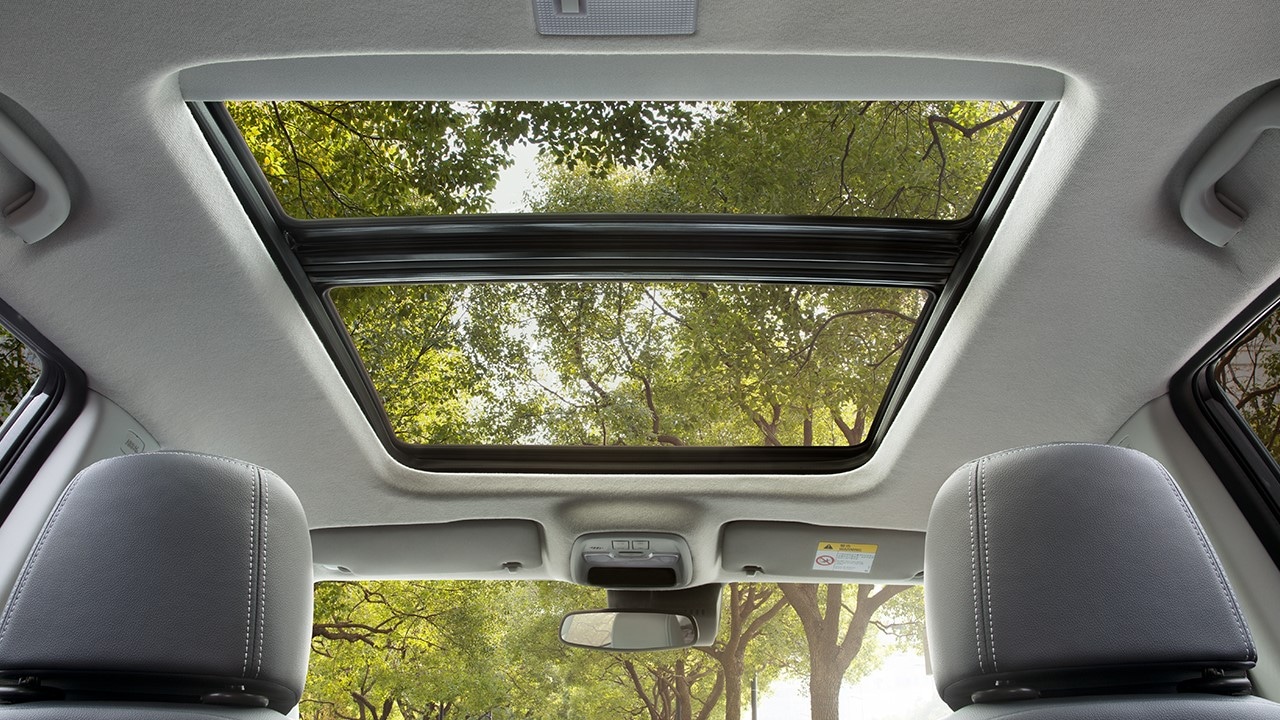
The Tracker Redline Edition is upfront with design elements that celebrate the crossover SUV’s athletic demeanor. Strong black and red accents find themselves on the familiar front double grille, which is enhanced by a distinct horizontal red trim and a black Chevy bowtie emblem.
This design element continues on the car’s black heated side mirrors which have a bright L-shaped red trim, and its 17-inch black alloy rims feature eye-catching red accents.
Similar design elements are carried throughout the interior of the Redline Edition with an all-black dual cockpit and jet-black seats adorned with red double stitching.
The Tracker LS on the other hand offers a more playful, sporty lifestyle look and feel, with its two-toned jet black and captain blue interior.
Inspired by Chevrolet’s long history on the racetrack, the Tracker features sports-style driver and passenger seats that provide utmost comfort and support.
Exclusive to the Tracker Redline Edition is a large, sliding panoramic sunroof that allows drivers and passengers to enjoy natural light while in the comforts of a modern and well-appointed cabin; or fresh air when the weather outside is nice simply by flicking a switch.
The all-new Chevrolet Tracker is available in five (5) colors: Agate Red Metallic, Satin Steel Gray Metallic, Black Meet Kettle Metallic, Summit White, and Pow Zinga Metallic, a color exclusive to the LS variant.
Tech, Space, and More
The Chevrolet Tracker LT Redline is equipped with keyless entry allowing users to conveniently and safely unlock the vehicle. A modern keyless ignition also makes starting and stopping the car a thing of ease. It also features automatic climate control for added comfort and convenience.
Influenced by racing steering wheels, the all-new Tracker sports a flat-bottom, leather-wrapped, Bosch Electric Power Steering wheel with audio controls.
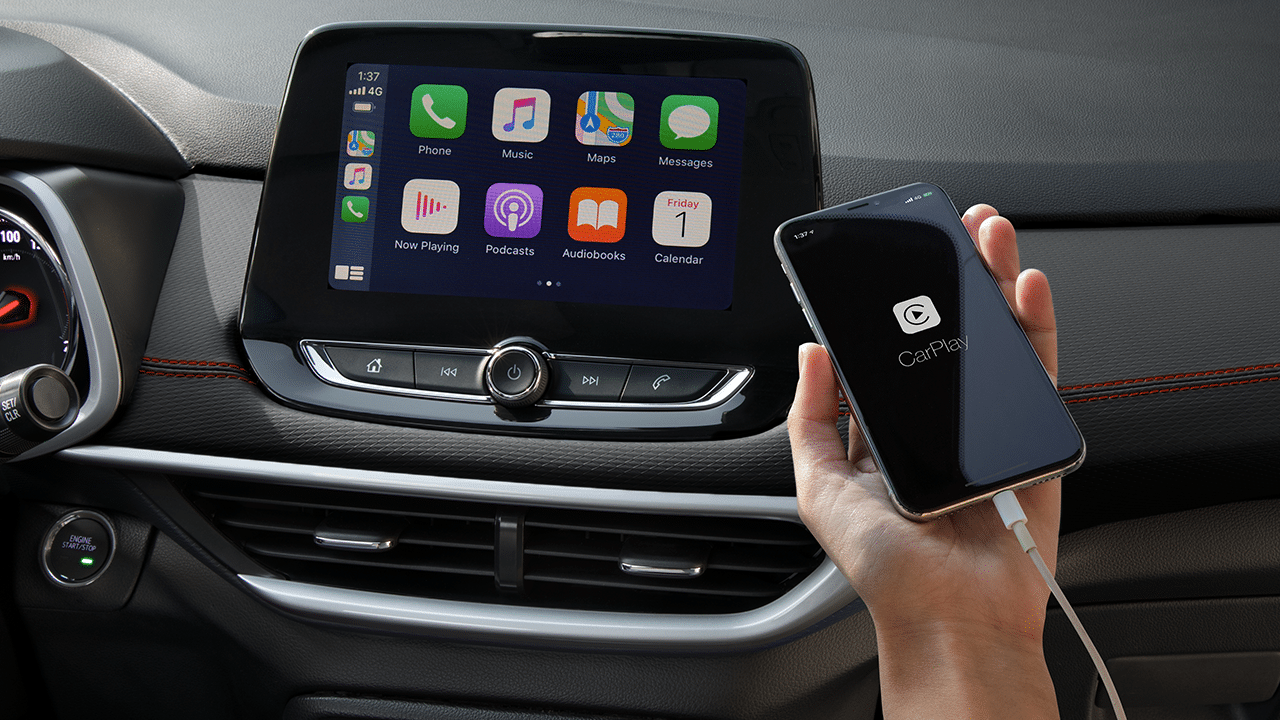
On the dashboard, attentions focus on the sleek, functional, floating 8-inch colored touchscreen that features the latest generation Chevrolet MyLink Infotainment System. It allows for smooth car and smartphone integration with Apple CarPlay compatibility that allows users to safely plot navigation, play music, read and send messages, and make phone calls using the vehicle’s controls or Siri.
The Tracker’s MyLink Infotainment System also offers Bluetooth connectivity, four (4) USB ports, and one (1) SD card reader slot.
The Tracker is designed to adapt to one’s lifestyle needs. It provides more than 20 smart storage solutions to keep things organized inside the car.
And with multiple seating configurations, including 60/40 split-folding rear seats, the new generation crossover SUV opens more room for more essential cargo.
Powerful Drive, Confident Rides
The Chevrolet Tracker is powered by a lightweight, new generation 1.0-liter 3-cylinder DOHC Ecotec Turbo engine, mated to a 6-speed automatic transmission, that delivers 116 horsepower at 5800 rpm and a maximum 175 Nm of torque at 1500-4200 rpm.
The all-new engine is packed with smart technologies, resulting in excellent performance and better fuel economy.
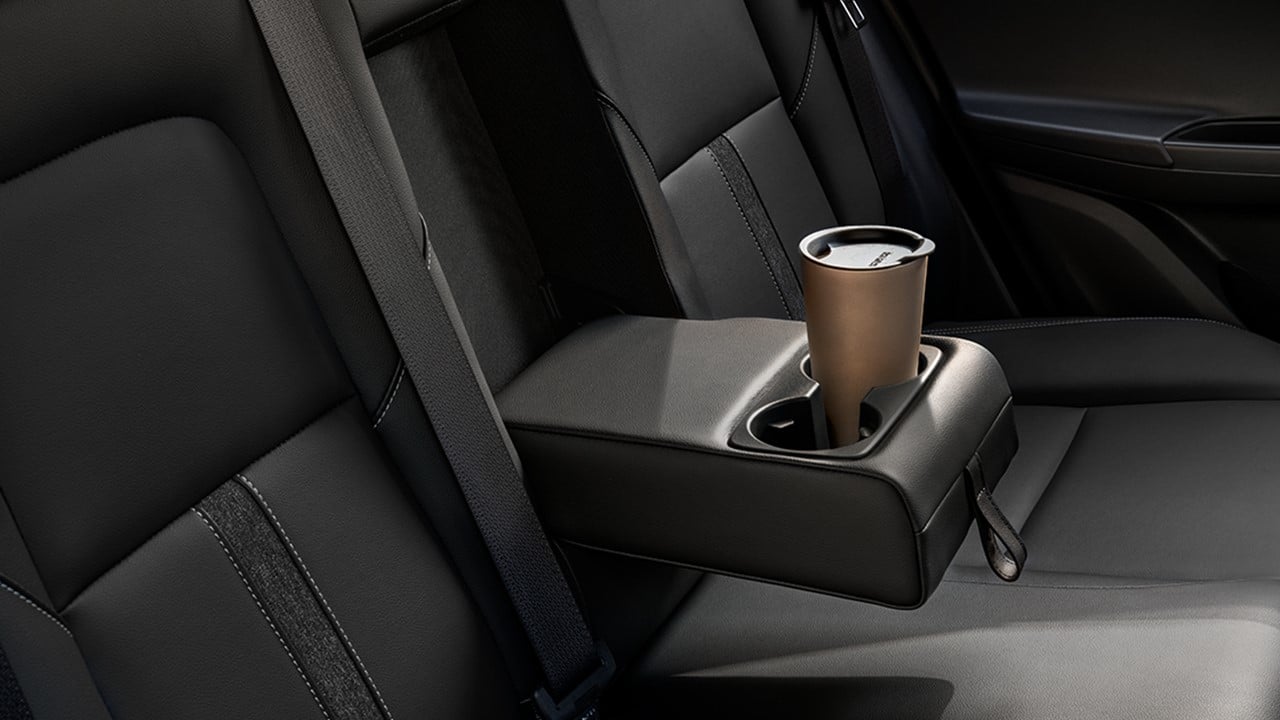
The Tracker has an Active Thermal Management System with an Electric Water Pump, Exhaust Gas Recirculation, and Variable Displacement Oil Pump, that make use of otherwise wasted energy to optimize engine performance and maintain engine temperature while expending lower battery power and fuel consumption.
The Water-Cooled Turbo Intercooler helps improve mechanical durability and lengthens the turbocharger’s life.
The Tracker has an intelligent Engine Start/Stop System that effectively helps reduce fuel consumption and exhaust emissions.
Fully adapting to different traffic conditions, the discretionary Start/Stop function automatically shuts down the engine when the vehicle is running at low speed or is stationary.
It is agile in restarting the engine before the driver releases the brake pedal, ensuring that a smooth drive and vehicle performance are maintained and consistent.
The Tracker comes with a range of active and passive safety technologies including front and rear disc brakes, Anti-lock Braking System (ABS), Electronic Stability Control (ESC), Emergency Brake Warning, and Rollover Mitigation.
It’s also equipped with Enhanced Understeer Control, Mini Spare Detection, Cornering Brake Control (CBC), Traction Control System (TCS), Engine Drag Control (EDC), Panic Brake Assist (PBA), Hill Start Assist (HSA), Low Vacuum Brake Assist (LVBA), No Vacuum Brake Assist (NVBA), Fading Brake Assist (FBA), Torque Vectoring Brakes (TVBB), Engine Immobilizer, Anti-theft Alert System, Express-Up Window with Anti-Pinch function, Tire Pressure Monitoring System (TPMS), driver, front passenger, and side airbags, ISOFIX system, electric heated side mirrors, and reverse camera with a wide 130-degree viewing angle.
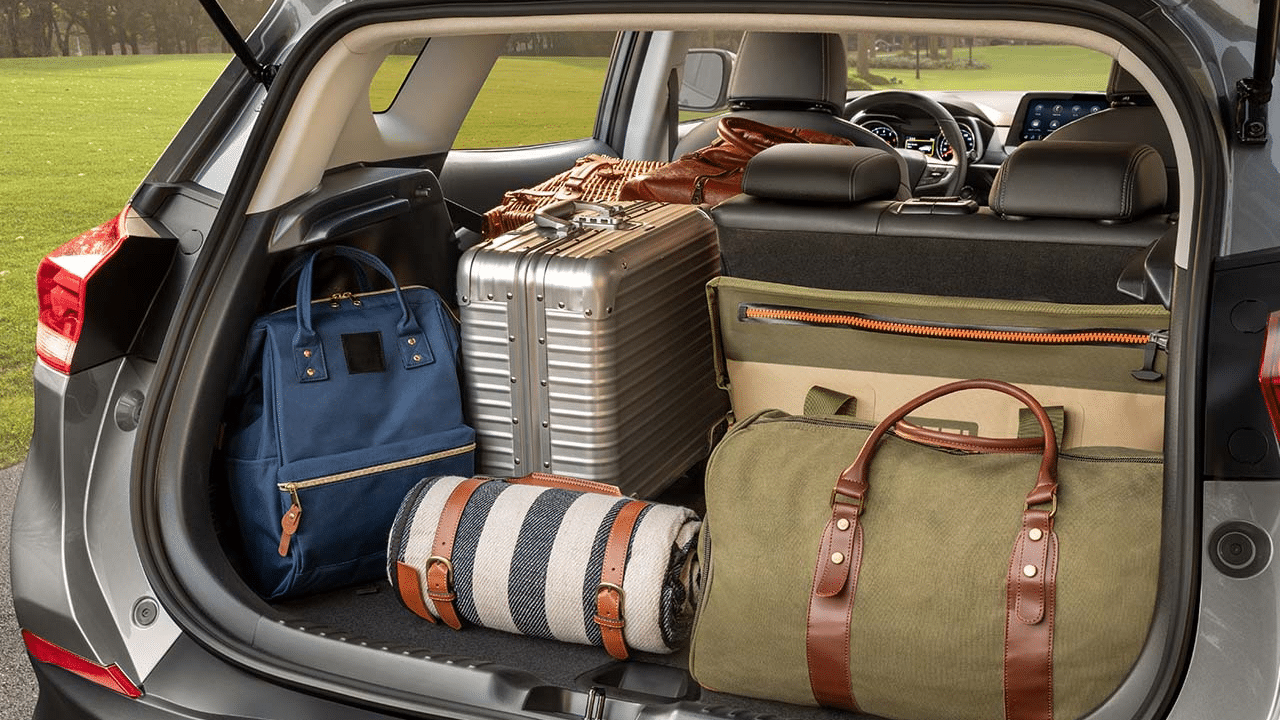
The Tracker comes with the Chevrolet Complete Care package, which includes a 5-year warranty, automatic enrollment to the 24/7 Chevrolet Roadside Assistance for three (3) years, and immediate access to the 24/7 Chevy Hotline for convenient vehicle service and ownership needs.
The All-New Chevrolet Tracker is now available in all Chevrolet dealerships nationwide.

